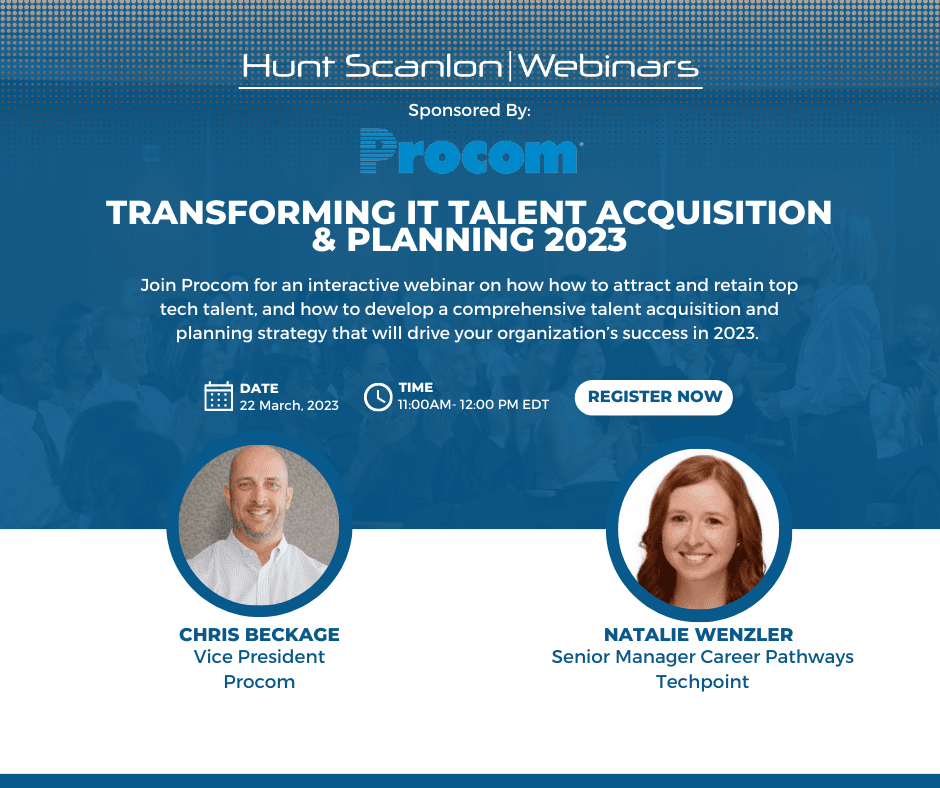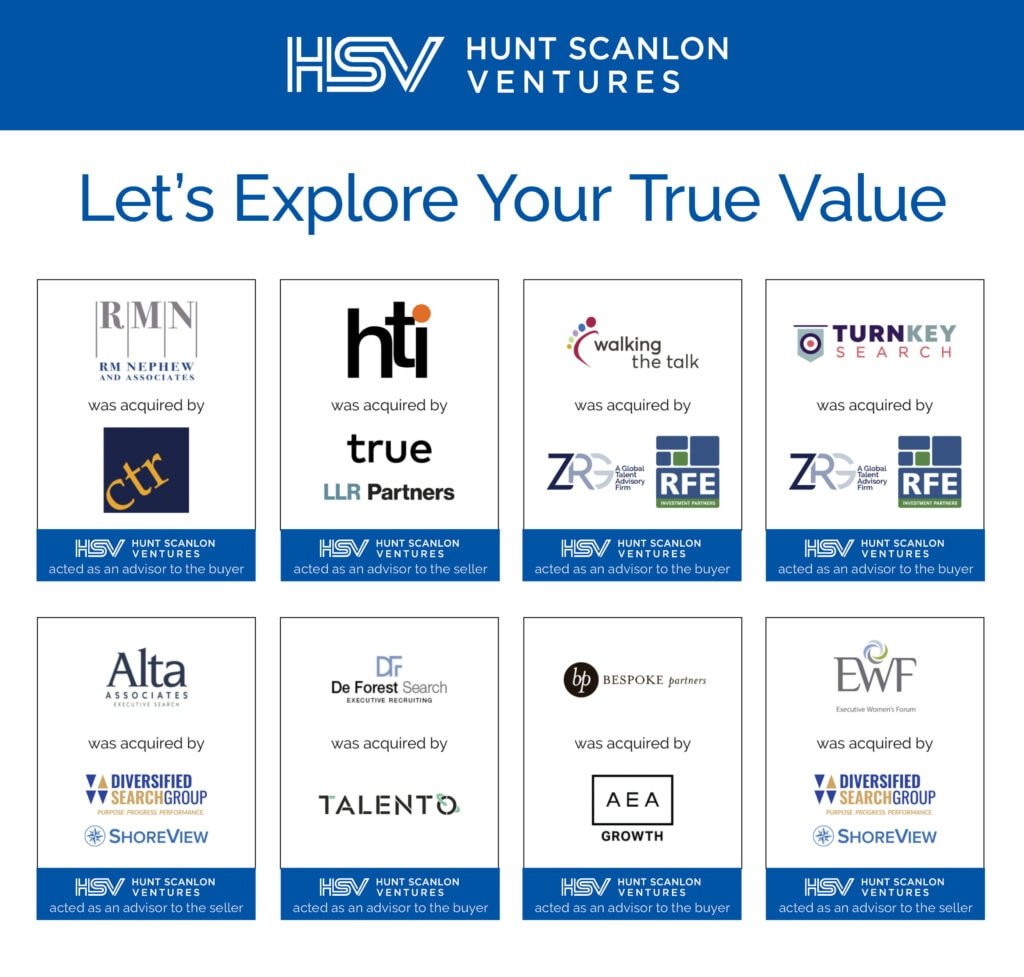CEOs Realizing the Value of Culture

March 20, 2023 – Where does company culture fit into the priorities of the CEO? We all know culture is important, but you may not realize how powerful it can be. Simply put, culture drives performance, according to a new report from DHR Global’s Jonathan Hoyt and Keith Giarman.
A study from McKinsey & Company found that companies in the top quartile of its organizational health index produced 60 percent better financial results than median companies. “Of course, building and maintaining a winning culture is easier said than done,” the DHR report said. “Culture takes time to develop — it can’t be replicated or created overnight.”
“A CEO has a central role in defining and shaping a company’s culture,” the firm said. “By embracing and excelling at that role, the CEO can tap into one of the most important drivers of business value and growth.”
DHR Global wanted to understand how CEOs of successful, high-growth companies — particularly those eclipsing $1 billion in revenue — shape their respective company cultures and where they place culture among their priorities. To do so, the firm recently conducted interviews of five experienced CEOs, and shared the results.
Model the Behavior You Want
Culture-focused CEOs lead by example, says the report, as was evidenced by AJ Kumaran, CEO of Raising Cane’s Chicken Fingers, who spends roughly 40 percent of his time visiting restaurants across the U.S. DHR found that his visits set the example for how staff at all levels should run a Raising Cane’s location. Many of the Raising Cane’s employees are young adults in their first jobs and Mr. Kumaran’s presence is particularly beneficial to employee engagement and performance. “Everyone can see firsthand that Mr. Kumaran cares about the operational details of the business and this mentality transfers to the entire organization,” the DHR report said.

Jonathan Hoyt, a partner in leadership consulting, helps clients improve performance through executive coaching, succession planning, talent assessment and organization design. He has spent the last 20 years helping organizations create the leadership capability they need in times of rapid growth and change. His clients have included private equity, technology, financial services, natural resources, professional services, non-profit, and healthcare organizations around the world.
Jill Smith, who previously served as CEO of Digital Globe and has spent more than 25 years as an international business leader and board member for larger companies, said: “Culture is about clarity and consistency.” Like Mr. Kumaran, she emphasizes the need for authentic modeling of the behavior that is required for the success of the business and its employees.
Align Incentives
DHR says to imagine if every single employee in your company stood to profit directly from the success of the business. That’s the culture that CEO Dan Tinker has created at SRS Distribution, one of the largest and fastest-growing building products distributors in the U.S., notching $8 billion in revenue and 14 times EBITDA growth from 2013 to 2021.
Related: The Importance of Culture on Today’s Businesses
“The goal of our culture is to create an environment where we have amazingly high-performing people who work hard because they love what they do,” said Mr. Tinker, adding that the company has made 150 employees millionaires through a broad equity program.

Keith Giarman serves as managing partner of DHR’s private equity practice, based out of the San Francisco and New York offices. He is also a member of the firm’s North American executive committee driving overall strategy for the organization. Mr. Giarman led the launch and expansion of the private equity practice over the past 10 years. Under his leadership, the practice manages approximately 100 board, C-level and senior search assignments per year working with management teams and top-tier investors.
The DHR report notes that Mr. Tinker has done a masterful job of aligning incentives to drive initiative and entrepreneurial spirit at every level in the company. There’s a palpable sense of teamwork at each of the 650 SRS branches and throughout the company, reflective of Mr. Tinker’s motto, “One Family, One Fight,” and the three words, “Consider it done.”
Know Who Fits and Who Doesn’t
The DHR report explains that culture fit is real. How to go about identifying and hiring that fit is a CEO’s job working with HR and the management team. Here are a few lessons conveyed by the CEOs that DHR Global interviewed:
- AJ Kumaran personally interviews finalists for more than 200 leadership positions across his company.
- Dan Tinker uses employee resource groups to measure and track morale through employee surveys and metrics.
- Kevin Stein, CEO of TransDigm Group, knows who will succeed in the operating system of the publicly traded aerospace manufacturing company’s network of 50 units through psychological and cognitive assessment tools tied to an extremely well-defined set of cultural imperatives. TransDigm relies on the success of its unit presidents to manage profit and loss (P&L) in smaller units as part of a highly decentralized business model. These leadership positions are preferably hired from within, but when they do recruit outside talent, culture fit is critical to ensure autonomous leaders who focus on EBITDA.
- Matt Dircks, of BeyondTrust, says the software company has developed a careful and rigorous selection process, including culture fit interviews, structured group interviews, behavioral interviews and a behavioral assessment.
“These approaches certainly differ and each CEO provides extensive details about their processes, but the intensity and focus on hiring and promoting to ensure business success is similar amongst all the CEOs we interviewed,” the DHR report said. “Culture always starts at the top.”
Shift the Culture, When Needed
Every company hits inflection points or possibly even crises and these can be painful in the moment, but they’re productive when taken as opportunities to reframe culture, according to the DHR report. Mr. Dircks told DHR how BeyondTrust acquired and integrated Bomgar, the latter of which had a more conservative culture rooted in a single religious tradition. Mr. Dircks took a slow and steady approach to melding the two, eventually communicating to everyone that they’re “on the same ship now.” He knew, “If you push too hard, too fast, you’re going to lose people.” With that said, companies can’t be static and they must evolve, DHR notes.
Be Strategic and Authentic
“For culture to drive business value, it must connect with business strategy,” DHR said. “Culture and strategy reinforce each other.” For example, TransDigm’s business strategy is to acquire and hold a collection of precision engineering and manufacturing companies to serve the aerospace industry. Mr. Stein is the steward of a highly decentralized (and successful) culture that harnesses the power of total accountability. He outwardly denounces bureaucracy and heavily incentivizes unit presidents to function more like private equity CEOs. When a unit grows to a certain size, it gets split into two to reenergize performance. TransDigm’s culture combines the private equity model focused on EBITDA production and growth within a public company structure. “Focus always works,” said Mr. Stein, “And people focus more in smaller environments where presidents think like owners with equity participation in the business.”
At SRS Distribution, Mr. Tinker recognizes the company is in a lower-margin service business. “He’s chosen to compete for talent based on employee commitment, morale and a sense of family,” the DHR report said. “SRS also has a decentralized model and is highly reliant on branch managers’ performance. Mr. Tinker aligns incentives by providing ample equity to most employees and the opportunity for all staff to participate at the investment level. True to Mr. Tinker’s words, SRS has made 100-plus millionaires, including some in low-level warehouse positions.”
At BeyondTrust, Mr. Dircks, who recently stepped down as CEO to take a new role at parent company Francisco Partners, has refined the millennial and Gen Z culture to attract top software engineers. BeyondTrust thrives on the mantra, “Believe, belong, become,” and walks the walk by empowering employees to gain new skills and advance in the company.
“Each CEO has a unique culture-building journey that encompasses strategy, organizational structure, value and growth,” the DHR report said. “So, to ask once more, where does company culture fit into your priorities as a CEO?” In a simple but profound statement, Mr. Dircks says: “Culture is the next step after defining vision and direction.”
Related: Designing a Winning Corporate Culture
Contributed by Scott A. Scanlon, Editor-in-Chief; Dale M. Zupsansky, Managing Editor; and Stephen Sawicki, Managing Editor – Hunt Scanlon Media













